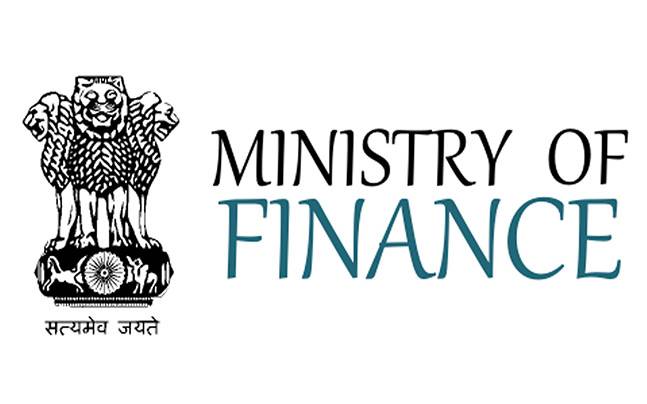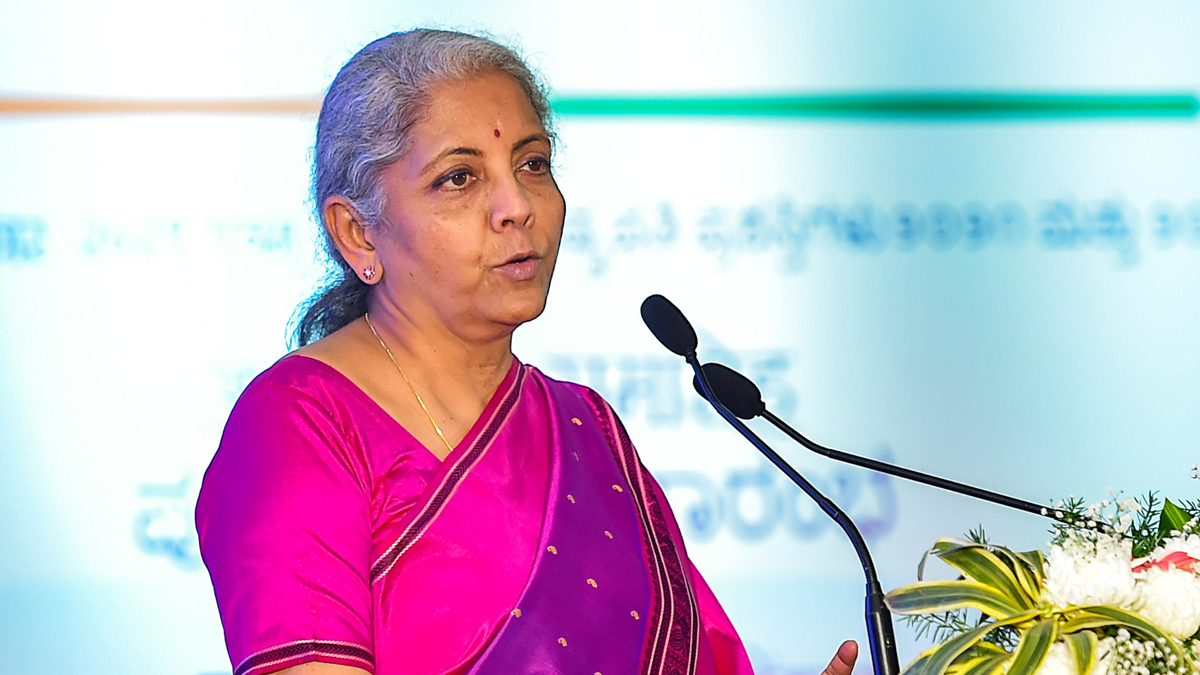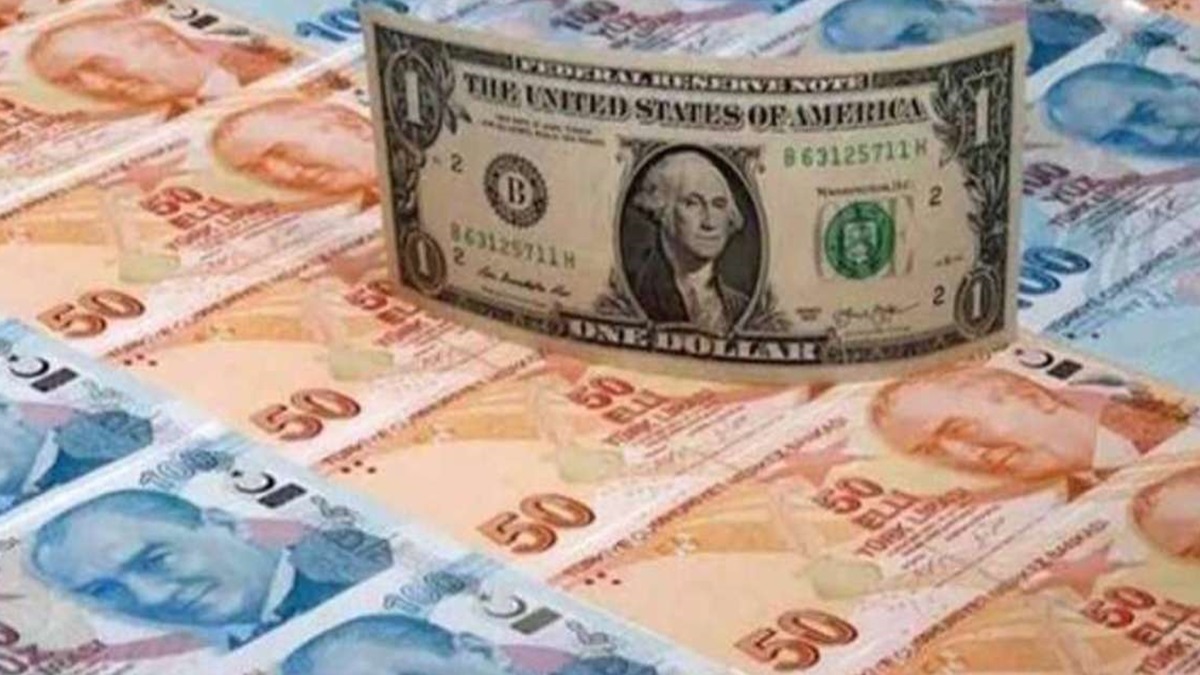India's external debt rises 2.1 pc to USD 570 billion
Thu 30 Sep 2021, 12:53:15

New Delhi: India's external debt rose modestly by 2.1 per cent year-on-year to USD 570 billion as of March-end 2021, notwithstanding the Covid-19 pandemic, according to the Finance Ministry.
External debt to GDP ratio rose marginally to 21.1 per cent from 20.6 per cent as at end-March 2020.
Reserves to external debt ratio, however, increased to 101.2 per cent from 85.6 per cent during the same period, thereby consolidating the country's position as a net creditor to the world, as per the status report on India's external debt released by the Ministry.
The sovereign debt at USD 107.2 billion rose higher by 6.2 per cent over its level a year ago, mainly because of an increase in external assistance more than compensating the fall in FPI investment in government securities (G-Secs), it said.
The augmented external assistance reflected larger disbursement of Covid-19 loans from multilateral agencies during 2020-21.
The non-sovereign debt, on the other hand, grew 1.2 per cent on a yearly basis to USD 462.8 billion.
Commercial borrowings, NRI deposits and short-term trade credit account for 95 per cent of the
non-sovereign debt.
non-sovereign debt.
While NRI deposits grew 8.7 per cent to USD 141.9 billion, commercial borrowings at USD 197.0 billion and short-term trade credit at USD 97.3 billion shrank by 0.4 per cent and 4.1 per cent, respectively. At March-end 2021, long-term debt (with original maturity of above one year) was at USD 468.9 billion, recording an increase of USD 17.3 billion over the year-ago level.
US dollar-denominated debt remained the largest component of India's external debt, with a share of 52.1 per cent as of March-end 2021, followed by Indian rupee (33.3 per cent), yen (5.8 per cent), SDR (4.4 per cent) and the euro (3.5 per cent). "Over the years, policy on external debt has enabled the private sector to access foreign debt in a calibrated manner. As at end-March 2021, the level of non-sovereign debt was more than four times that of sovereign debt, compared to half as at end-March 1991," it said.
Given its relative size, typically in a normal year, it is the relative rise in non-sovereign debt that influences the dynamics of India's external debt, thereby supplementing domestic savings to fund larger investments as the economy expands, it said.
No Comments For This Post, Be first to write a Comment.
Most viewed from Business
AIMIM News
Latest Urdu News
Most Viewed
May 26, 2020
Is there a need to induct Muslim minister in the Telangana cabinet?
Latest Videos View All
Like Us
Home
About Us
Advertise With Us
All Polls
Epaper Archives
Privacy Policy
Contact Us
Download Etemaad App
© 2025 Etemaad Daily News, All Rights Reserved.

























.jpg)




